Must-have gadgets for today’s pediatrician in 2019
Let’s recap this year’s top devices for tech-savvy pediatricians. Are they on your wish list?
CORE stethoscope
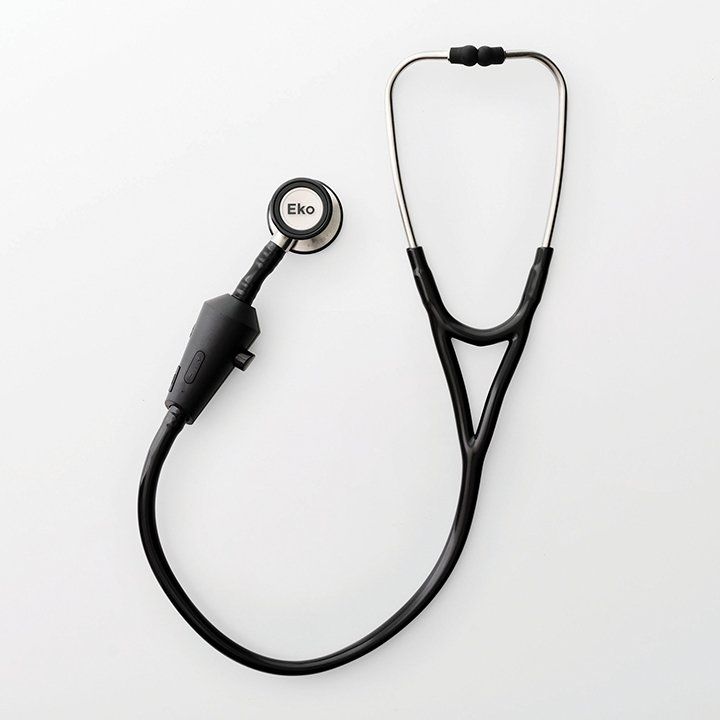
DUO ECG + Digital stethoscope
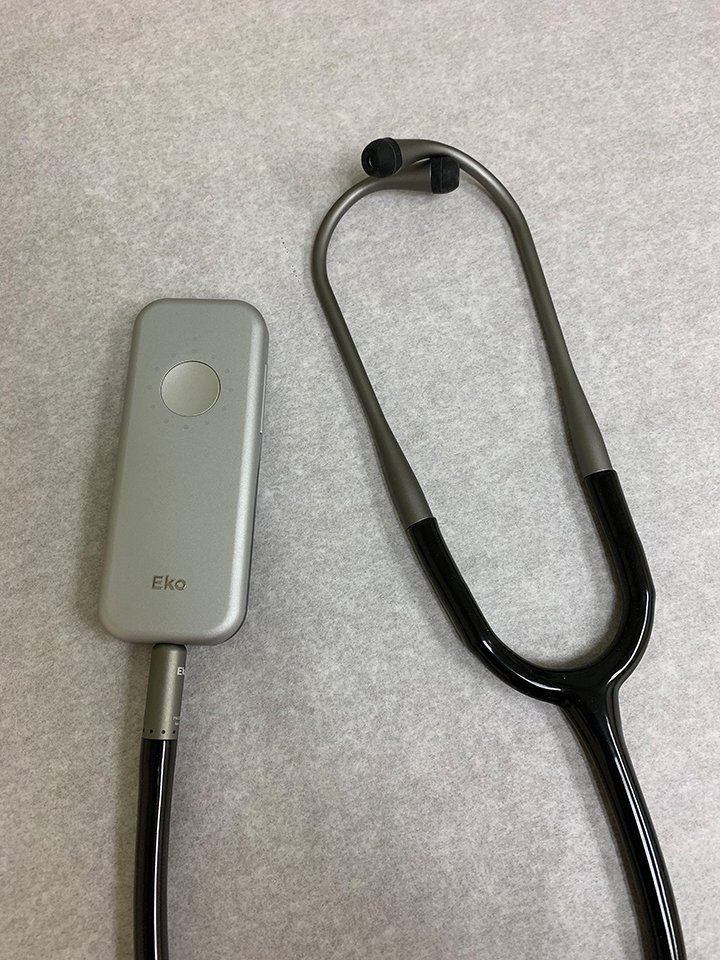
Medical Waste Machine results
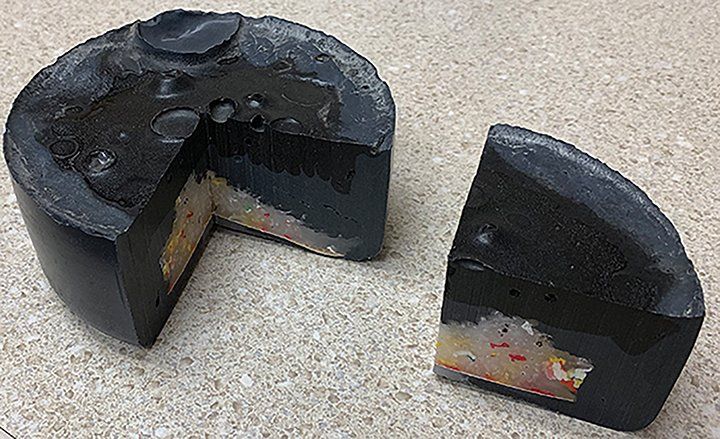
Medical Waste Machine
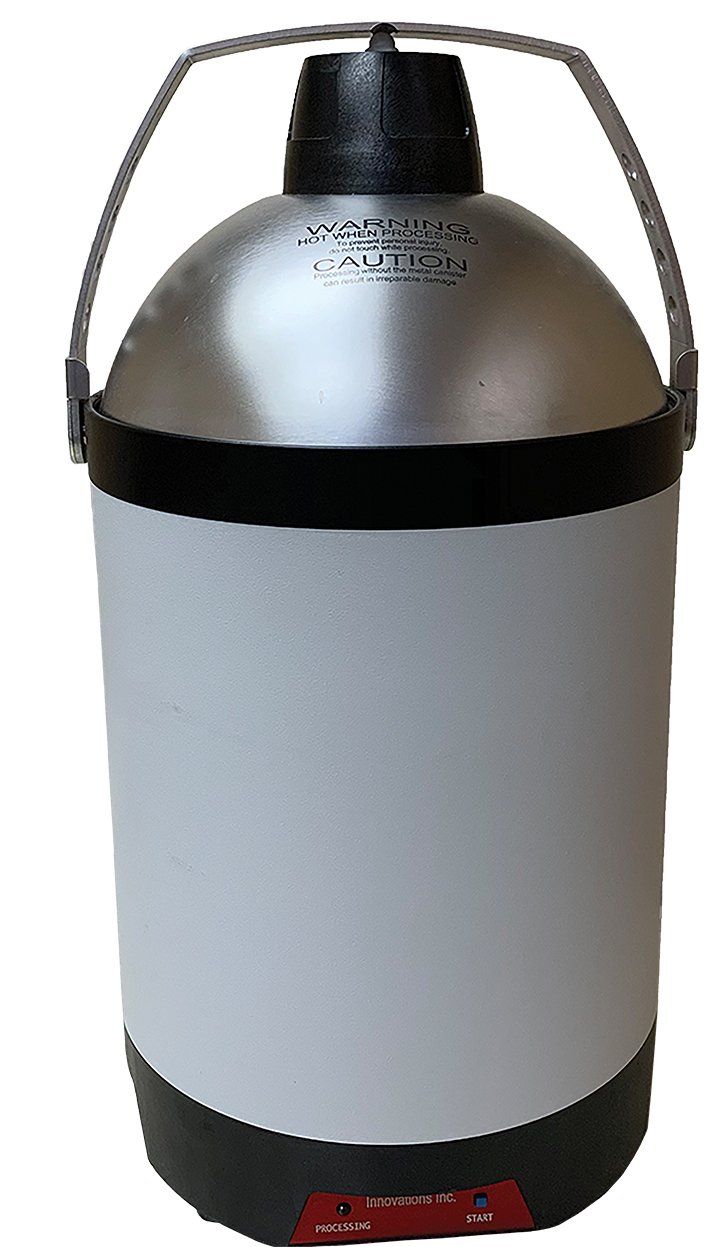
mehealth for ADHD

OtoClear AquaBot

Wispr Digital Otoscope
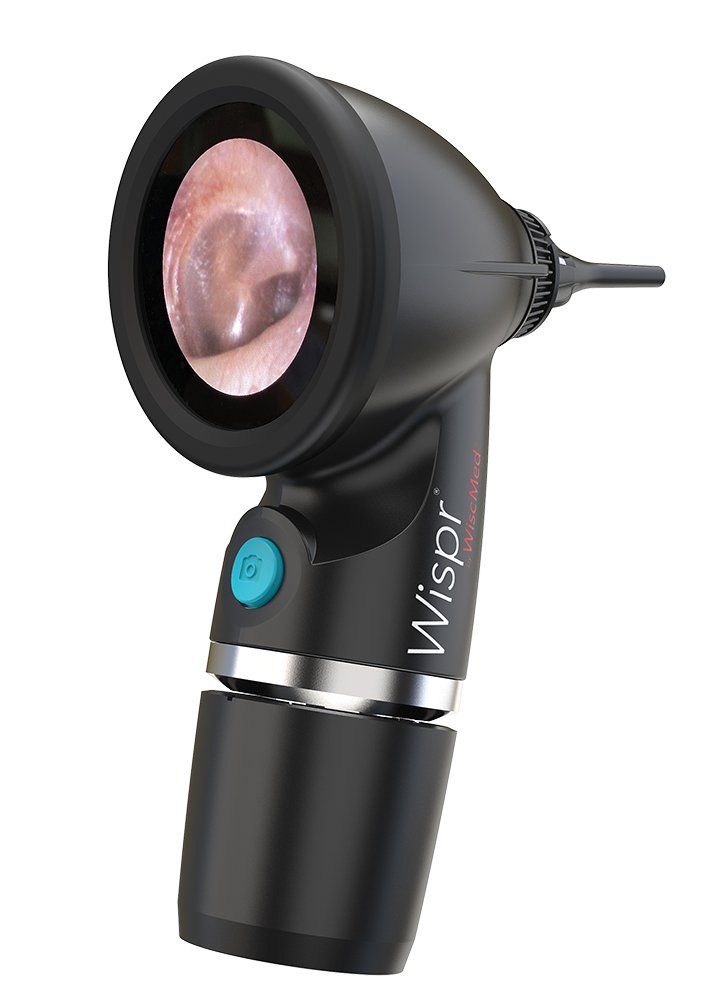
Acoustic Otoscope-PRO
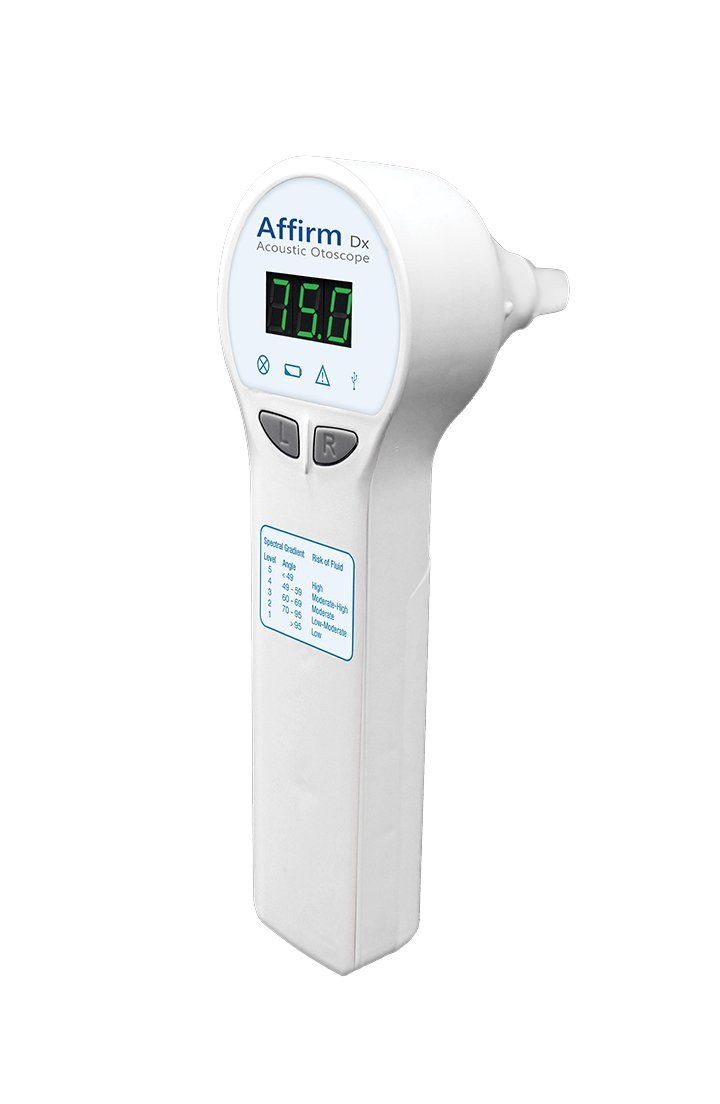
Clozex Surgical Skin Closures
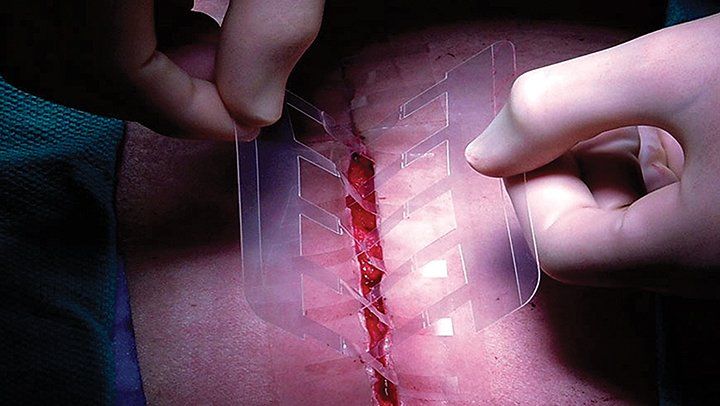
Zip Surgical Skin Closures
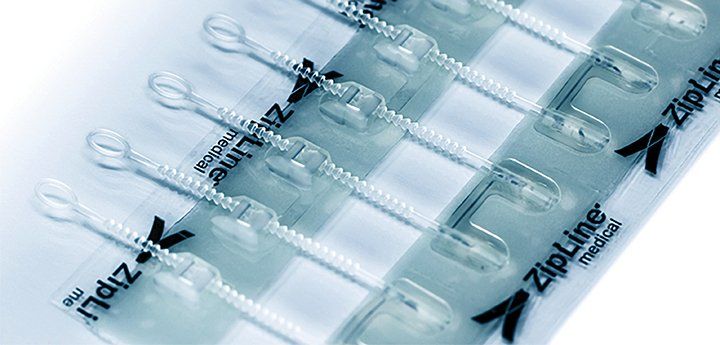
ZipStitch
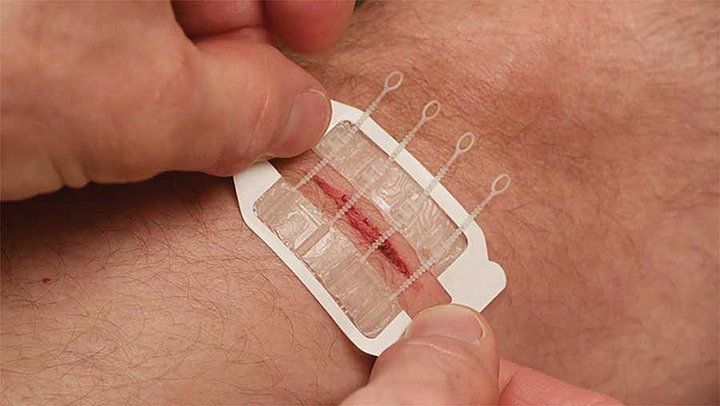
EDITORS’ NOTE: The reviews presented in this article are Dr. Schuman’s and do not represent those of Contemporary Pediatrics or the editors.
It’s been an outstanding year for medical innovation-in fact, one of the best I can recall. If you want to improve the capabilities of your “high-tech office,” consider the following gadgets and gizmos that are sure to impress.
1. New stethoscopes from Ekohealth
No doubt you’ve seen advertisements from an innovative company called Ekohealth (Berkeley, California). Over the past year, Ekohealth has promoted not just 1, but 2 affordable digital stethoscopes that will improve a pediatrician’s ability to identify heart murmurs as well as detect subtle pneumonias. The $299 CORE Stethoscope gives one the ability to auscultate with a traditional analog stethoscope, or switch to digital mode with 40x amplification. If you want to keep your favorite Littman, ADC, Welch Allyn, MDF, or Medline stethoscope and want to enjoy the benefits of digital auscultation, you can just purchase the CORE Digital Attachment for $199.
The CORE system has a 9-hour rechargeable battery and connects via Bluetooth to an iOS, Android, or Windows application that displays and records a phonocardiogram. Ekohealth’s $349 DUO ECG + Digital Stethoscope produces crisp, clear heart and lung sounds with up to 60x auscultation while switching easily between 4 audio filter modes: diaphragm, bell, midrange, and extended. Users of the DUO can record and display a simultaneous electrocardiogram and phonocardiogram on a mobile device or Windows computer. Upcoming algorithms (not yet cleared by the US Food and Drug Administration [FDA] as of this writing) will provide an analysis of recordings to detect rhythm abnormalities and murmurs while reporting heart rate, QRS duration, and electromechanical activation time (EAT).
2. A better way to dispose of medical sharps
Disposing of medical sharps in a pediatric practice is a very expensive proposition. Needle bins fill up quickly and as there is little competition in the sharps disposal industry, your monthly costs of sharps removal may be considerable. Medical Innovations (Framingham, Massachusetts) produced the first (and still only) in-office medical sharps disposal system based on a device called the Medical Waste Machine 25 years ago, and it continues to be a great alternative to utilizing a sharps removal service.
To implement the system, a practice purchases a number of locking sharps disposal metal bins that are placed in examination rooms and anywhere one needs to dispose of medical sharps. Once filled, 2 plastic discs are placed in the bin, which is then inserted into the Medical Waste Machine. The device is then locked and turned on, heating the container to 380°F, melting the plastic discs, sterilizing the sharps, and encapsulating the waste in a plastic block during a 4-hour process. This plastic block is then placed in your regular trash.
In a small practice you may need to perform this process once per week. The machine and containers are a one-time purchase, and a practice usually orders the plastic discs 2 to 3 times per year.
3. mehealth for ADHD is now free
I’ve been using mehealth for ADHD (attention-deficit/hyperactivity disorder) for several years and have been extremely pleased with this practice tool. It facilitates diagnosis of ADHD by having parents and teachers fill out online Vanderbilt forms that are scored automatically. Consequently, evaluations are completed in just a few days rather than weeks or months. Additionally, it allows pediatricians to monitor a child’s school performance, while on medication or receiving behavior therapy, by requesting periodic follow-up Vanderbilt forms from parents and teachers. The system generates assessment reports and treatment graphs that one can share with parents and integrate into the patient’s electronic health record (EHR). It also facilitates e-mail communication with parents and teachers.
The online tool was developed by the Cincinnati Children’s Hospital Medical Center (CCHMC) in order to improve ADHD screening and management among community pediatricians. A randomized clinical trial showed dramatic improvements in ADHD care among practices using mehealth for ADHD compared with control practices.1 In addition, a recent study demonstrated that practices treating children with medications who used mehealth for ADHD had greater ADHD symptom reduction compared with controls.2
The CCHMC has secured funding from the National Institutes of Health (NIH) to recruit 5000 community pediatricians to adopt mehealth for ADHD to study how a variety of factors influence its use and utility. One simply goes to mehealth. com and enrolls. In addition to free access, users benefit by receiving 20 category 4 Maintenance of Certification (MOC) credits for using the tool. The tool now integrates a medication choice decision aid, and a management tool for parents and teachers that enables selection of daily and weekly rewards for achieving behavioral goals.
4. New ear irrigation system
Bionix (Toledo, Ohio) has been marketing cerumen removal products since 1984, and most pediatricians use its curettes and cerumen spoons routinely. This year, Bionix has released the OtoClear AquaBot device for ear canal irrigation. The AquaBot system provides a continuous stream of water to facilitate cerumen removal when used with OtoClear irrigation tips. Users “pump” the AquaBot container several times and a button press activates the water flow.
Bionix is also marketing the After-Swim water removal system for consumers-sculpted handheld sponges that help remove water from the ear canal to prevent otitis externa.
5. Devices to improve otitis diagnosis
Pediatricians are extremely facile with otoscopy but sometimes children squirm making visualization of the ear canal difficult, and even small amounts of cerumen can obscure our view of the tympanic membrane. Jim Berbee, an engineer-turned-emergency-department physician, founded and has recently introduced the $1500 Wispr Digital Otoscope. It is a video otoscope unlike any I’ve reviewed before. It can be used with otoscope handles from Welch Allyn and Heine, both battery and wall mounted.
The device features a 1-mm x 1-mm camera with a permanent antifog coating, a 90-degree field of view, and an auto exposure and focus capability between 3.5 mm and 5 cm. This means you can navigate around cerumen in the ear canal and get an extremely clear image of the canal and tympanic membrane. One can switch easily between video and picture mode, and images or videos can be captured with a click of a button. These can then be reviewed with patients and parents, merely by swiping on the device’s touchscreen. In my limited experience with the Wispr, parents and patients are very impressed with the captured images and videos. The first patient I examined with the Wispr had a previously undiagnosed tympanic membrane perforation, resulting from a tympanostomy tube placed years ago!
The device has 64 GB of memory, sufficient for 30 minutes of video at 15 frames per second. It includes a USB port so images or videos can be written to a thumb drive, which can then be used to transfer files to a computer for inclusion in the EHR. I’ve discovered that the Wispr is compatible with my 16-GB SanDisk Connect wireless USB drive, which can expedite data transfer and EHR integration. The device is fun to use, and I believe most pediatricians will be tempted to replace their traditional otoscope with the Wispr. It should be available by the time you read this.
More than 20 years ago, I used a device called the EarCheck Pro to detect middle ear effusions in children. The device was developed by a pediatrician and sonar engineer to analyze the middle ear for presence of fluid. Unlike tympanometry, which requires both a probe seal and a cooperative child to determine if a middle ear effusion is present, the EarCheck Pro required no seal and only took seconds to obtain a reading. It could be used in a screaming child and obtained readings if there was partial obstruction of the ear canal with cerumen.
The device is returning next year as the Acoustic Otoscope–PRO from Check My Ear LLC (Lincoln, Nebraska). The device consists of a handheld probe containing an acoustic speaker that emits sound bursts composed of 44 different frequencies from 1.8 kHz to 4.4 kHz at 80 dB sound level. The Acoustic Otoscope–PRO analyzes the frequency spectra of the reflected sound and presents the output as a “spectral gradient angle,” which corresponds to the probability of middle ear effusion. The device can be therefore used to quantify the middle ear effusion that helps determine if an effusion is resolving when a child returns for subsequent visits. The reimbursement for the procedure is about $20, and it should be available sometime in 2020.
6. Systems to expedite wound closure
Many years ago, Clozex Medical (Wellesley, Massachusetts) produced a wound closure system ideal for use in pediatric patients, as it did not require lidocaine infiltration or suturing-making it truly painless. The company was acquired by 3M, and although the system was always available, it was never marketed, and thus fell out of popularity. Clozex Medical (Wellesley, Massachusetts) reformed, and the Clozex Surgical Skin Closures system is slowly regaining the attention it deserves.
The Clozex system consists of adhesive strips that are applied to the cleaned and dried wound edges. By pulling on opposing adhesive plastic straps, the wound edges are approximated, and finally the straps are released to complete the process. Not only is the process painless, but wounds closed in this way are less likely to produce unsightly scars compared with those closed with sutures or staples. The Clozex closures are inexpensive and come in a variety of sizes. The company has released an over-the-counter (OTC) product, so parents can close simple lacerations without going to the emergency department, urgent care facility, or physician office.
Another painless, suture-free wound closure system comes from ZipLine Medical (Campbell, California). It was developed initially as a surgical incision closure system, but the device has been adopted by primary care providers as a method to close simple lacerations. The Zip Surgical Skin Closures system consists of an adhesive matrix of beaded plastic “zip ties” that are placed over a laceration and secured in place. One pulls on each tie to approximate wound edges then merely removes the excess with scissors-again easy, quick, painless, and less likely to scar compared with traditional suturing or stapling. Zipline Medical also produces a home-care product called ZipStitch intended to be used by patients and parents to close simple lacerations on their own.
7. Rapid diagnostics for consumers
As I’ve frequently discussed in my practice improvement articles, point-of-care rapid diagnostics for a variety of common pediatric infectious diseases are getting more accurate and less expensive. In the United States, patients can purchase home pregnancy tests, drug tests, human immunodeficiency virus (HIV) tests, and sexually transmitted disease (STD) screening tests at local pharmacies. In many parts of the world including Asia and Europe, consumers can purchase the No-Step Strep A Test from an innovative Israel-based company called Novamed Ltd. (Jerusalem, Israel).
The device uses patented technology to make the assay easy to perform as the user never comes in contact with or measures reagents. A pharyngeal swab is obtained and placed in a well in the device. By pressing a button, reagents are released, and the test initiated. The user merely repositions the swab after 1 minute and results are available 4 minutes later. Novamed is seeking FDA approval for this test as well as for a home flu test. Both should be available in US pharmacies in 2020. Both devices may help expedite evaluation and treatment for these all-too-common illnesses by pediatricians.
Conclusion
It really was another great year for medical gadgets and gizmos (and there are many more on the way). As in past years, I’ve posted video reviews of these devices on my Medgizmos.com website along with a webinar to accompany this article. As always, stay tuned!
References:
1. Epstein JN, Langberg JM, Lichenstein PK, Kolb R, Altaye M, Simon JO. Use of an internet portal to improve community-based pediatric ADHD care: a cluster randomized trial. Pediatrics. 2011;128(5):e1201-e1208.
2. Epstein JN, Kelleher KJ, Baum R, et al. Impact of a web-portal intervention on community ADHD care and outcomes. Pediatrics. 2016;138(2):e20154240.